June the 16th is almost upon us and after a 3 month hiatus, running water enthusiasts will be chomping at the bit to get to their nearest river for opening day of the new river season. None more so than the nations barbel anglers. Barbel can be found in many rivers up and down the country and in vastly different types of watercourses. From small narrow rivers that form the tributaries of bigger rivers such as the Loddon, Ivel and Dove to huge watercourses that eventually empty out into the sea, think the Thames, Trent and Severn. One thing all of these rivers have in common, which are paramount to early season barbel fishing success are gravel beds and highly oxygenated water. Whether it’s from a powerful weir, shallow water running over a gravel riffle or a narrow, shallow channel, which the water is funnelled into creating fast running, highly oxygenated water the barbel will never be far away.
With the barbel having recently spawned or be being very close to spawning (if this is the case it’s a very good idea to give the fishing a miss and leave the fish in peace so they can reproduce successfully and year classes of fish aren’t lost) they will be found where there is an abundance of natural, highly nutritious food and oxygen that will help replenish their energy levels. Before I actually go into detail about where to look for barbel during the early weeks of the season it’s worth noting the detrimental effect fishing for spawn bound or spawning barbel can have. It is highly unlikely that come June 16th just because the river season has re-opened that the barbel will have finished spawning, indeed I have witnessed them still reproducing as late as mid-July. If this is the case then it’s highly advisable to leave the fishing alone for a little while longer until they have finished their annual spawning ritual. Barbel fishing nationwide is on the decline in comparison to years gone by, so anything we as anglers can do to help protect the species can only be a good thing.
The most obvious place to head for throughout the summer months are weir pools and their run offs. With hundreds of gallons of water cascading over rocks and the weir sill itself the water has a huge amount of oxygen and will undoubtedly be carrying a large amount of food items. Barbel can be found anywhere from being tucked right in underneath the sill itself, be sat in the turbulent water or in the more sedate water a little downstream. All of these areas are like a magnet to barbel and as a general rule is their natural home until the rivers flood and they then seek sanctuary further downstream under the cover of coloured water. If your choice of river isn’t navigable and therefore doesn’t have a series of weirs then a little more watercraft is needed to locate the fish. As a rule your looking for a stretch of river that runs predominantly over clean gravel that is no more than a few feet deep, the deeper the water the less oxygenated it’ll be and therefore less likely to hold barbel in the early season weeks and months. One thing that will almost guarantee the location of barbel to some degree is ranunculus weed or as it’s more commonly known, streamer weed. As a rule this only grows in fast, shallow water and it roots in clean gravel, creating perfect barbel habitat. The added advantages of finding streamer weed is it offers barbel plenty of cover in the clear shallow water, but importantly it also offers them a huge source of natural food as a large amount of invertebrates that the barbel feed on live amongst the fronds of weed.
Now that you’ve located a preferred area or swim you need a rig that is both strong enough to withstand the rigours of being positioned in amongst rocks and gravel and to cope with the hard fighting qualities we all associate with a barbel when it’s hooked. The rig I use is one that has been around for many years and while it would be nice to claim it as my own that credit must go to a certain Jan Porter. I first saw this particular rig a few years ago and after trying several different rig styles I settled on this for 100% of my barbel fishing no matter what river or time of year. There are two very good reasons for this. It’s strong and simple, and you really don’t need anything else for barbel fishing. The only things I’ll change over the course of the season are the hook length material depending upon where I’m fishing and the hook size to match whatever bait I choose to use.
The components you’ll need are:
A strong reliable hook. I prefer a short shank, beaked point variety in a size 10 or 12, my current favourite being a Gardner Tackle Target Specimen hook.
If I’m using a hook length over 2 feet in length, I prefer a strong mono hook length material such as Gardner Hydro Flo. I use 10lb breaking strain if the swim I’m in isn’t snaggy or weedy and if there are snags or weed present I’ll step it up to 12lb. The preference for mono over braid in long lengths is purely down it not being prone to tangling on the cast and it offers a little stretch during a fight with a barbel when the fish may lunge on a short line.
For hook lengths under 2 feet I use a coated braid, with an inch of the braid stripped off at the hook to give the bait some freedom to move. I’ll use this in 15lb breaking strain and prefer it over mono in short lengths simply because of it’s strength.
A size 8 or 12 swivel and link clip, tail rubber, silicone sleeve, large bore run ring and choice of lead or feeder.
I make my rig up tying the hook on using a knotless knot and then an overhand, figure of 8 loop knot at the other end, which completes the hooklength. I then put my large bore ring on the main line followed by the tail rubber and then tie the swivel on using a Palomar knot. I then attach my link clip to the swivel, slide the silicone tube onto my hooklength then clip the hooklength on. The silicone tube is then pushed over the clip to neaten things up. Attaching my lead or feeder to the large bore ring, I’ll push it over the tail rubber and swivel making sure it’s a snug fit. This serves 2 purposes, the lead or feeder will present as a bolt rig but as soon as it is dislodged by a barbel bite it will free itself of the swivel and become free running and therefore safe to the fish in the event the main line breaks. This is highly unlikely if the tackle is strong and balanced but it always pays to use the safest rigs we can.
This in a nutshell is how I approach my barbel fishing and with a good number caught each season the proof as they say is in the pudding.


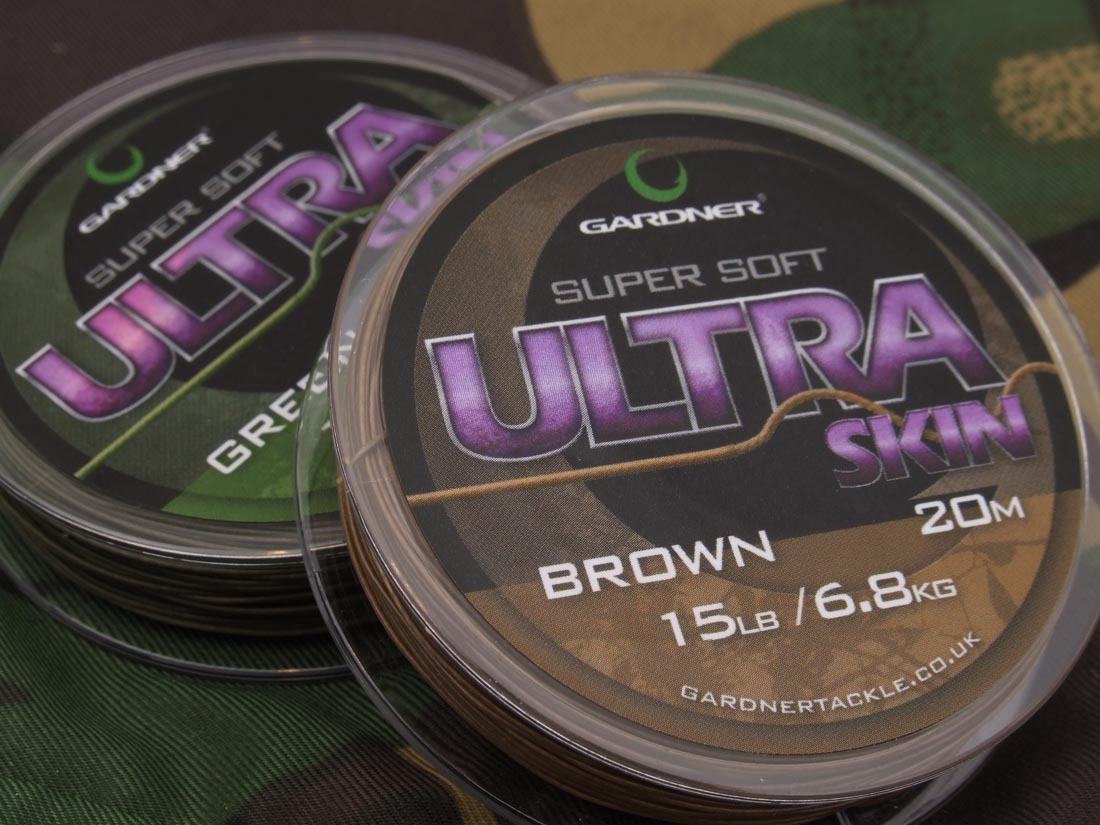



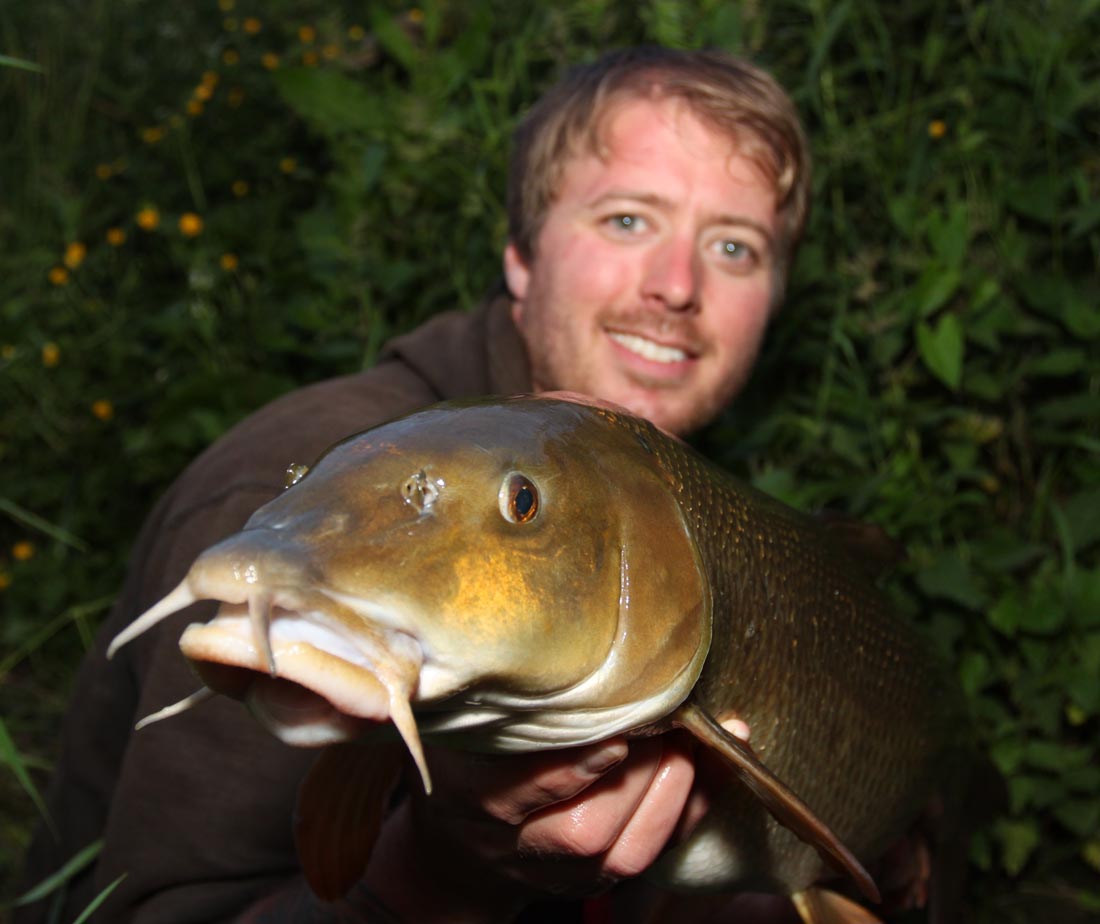
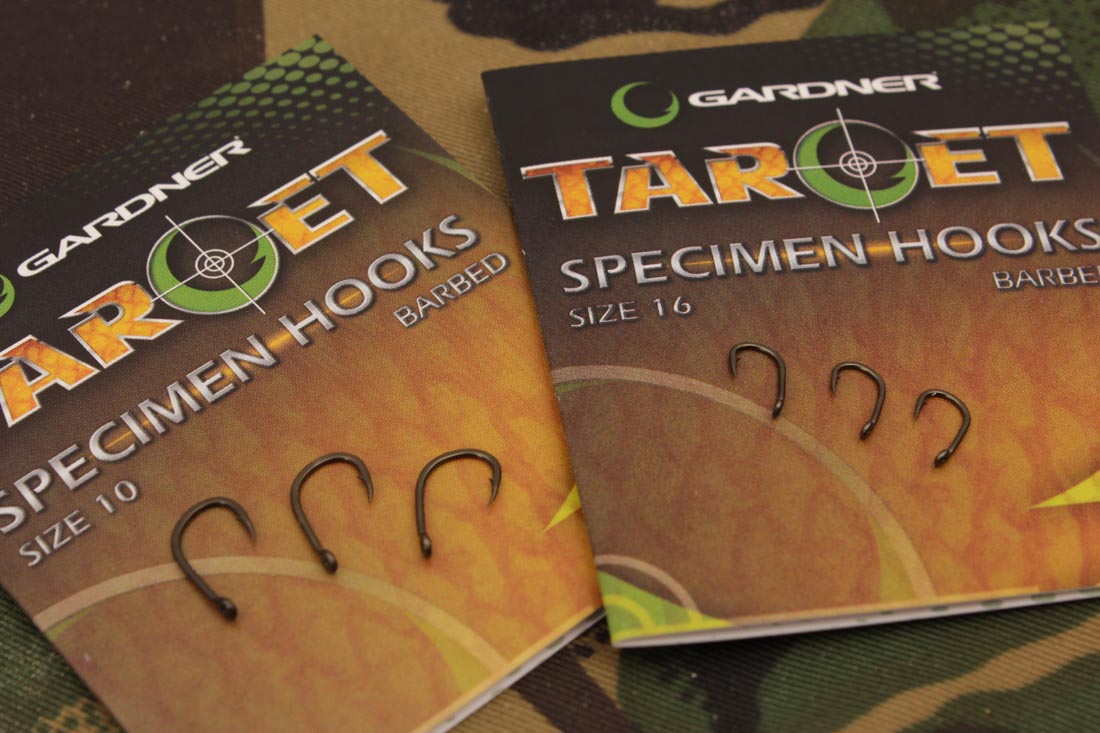
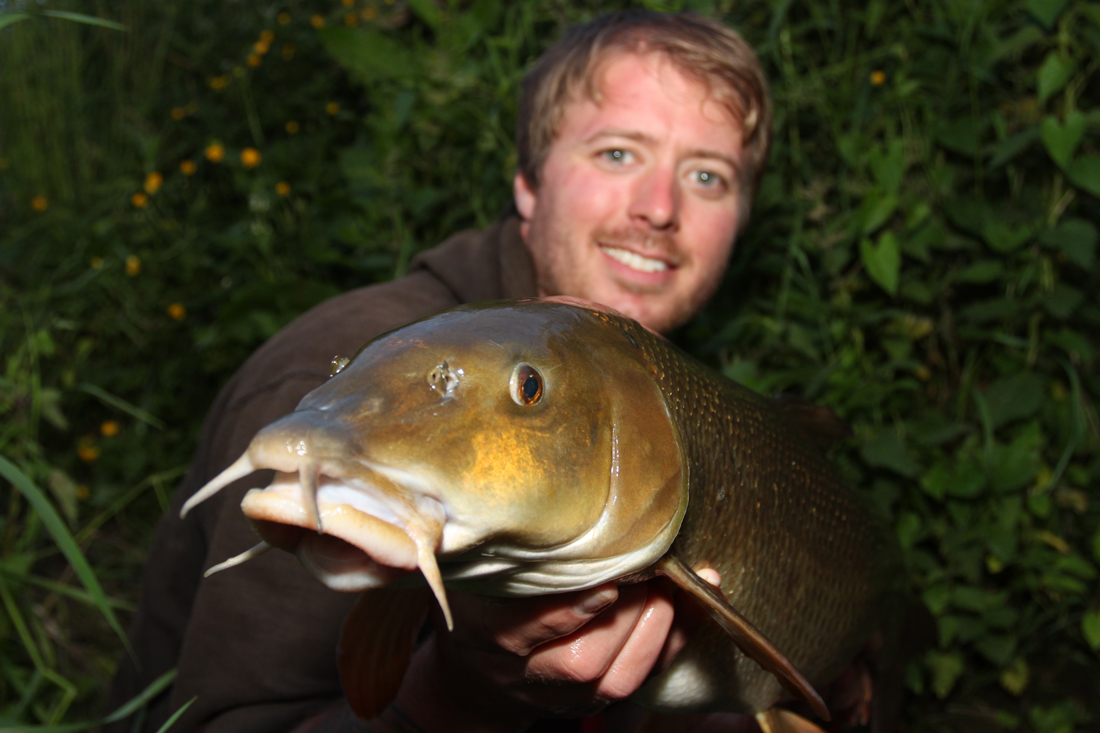


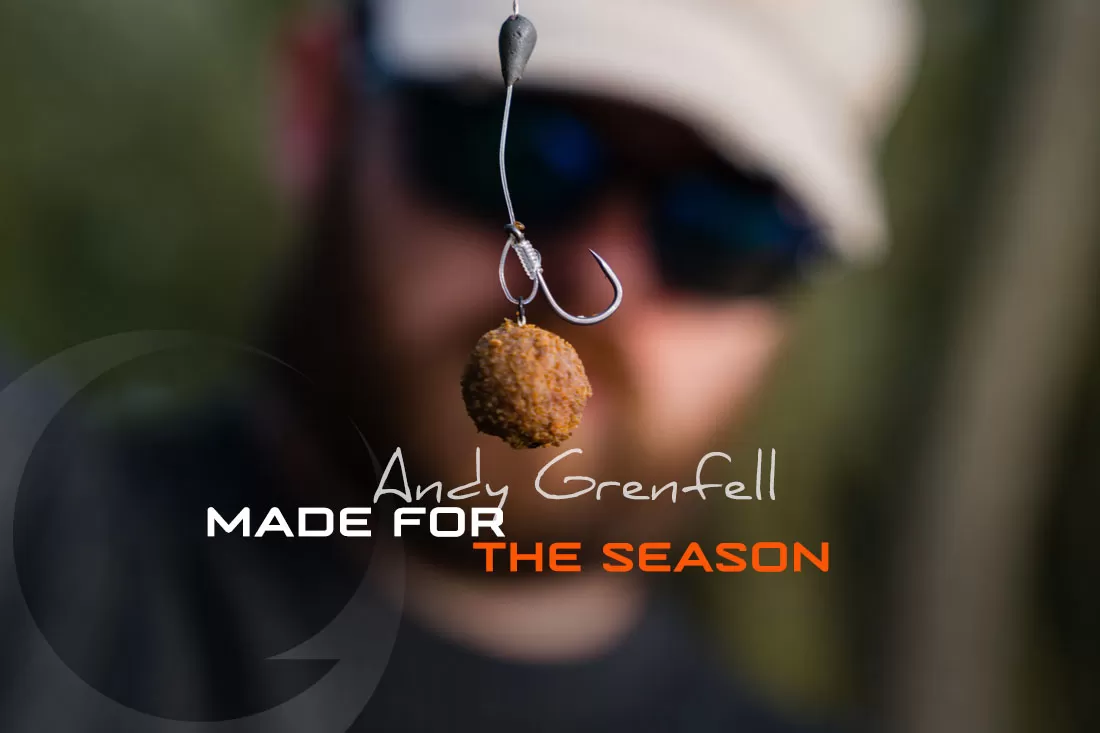
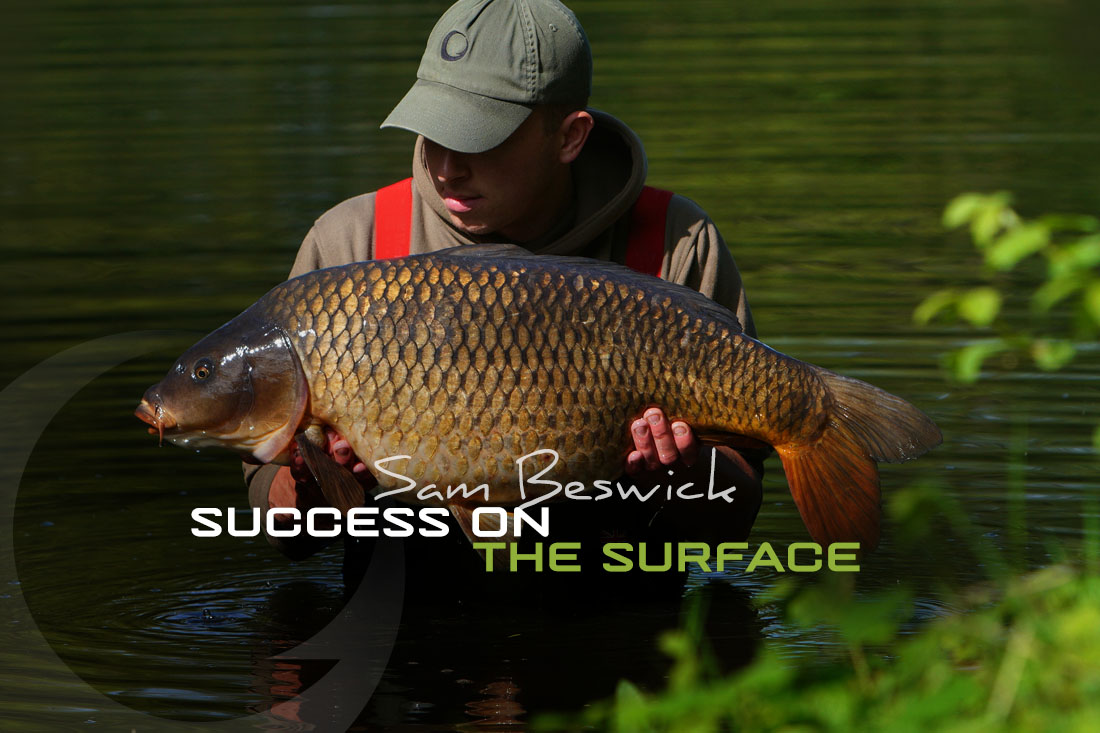

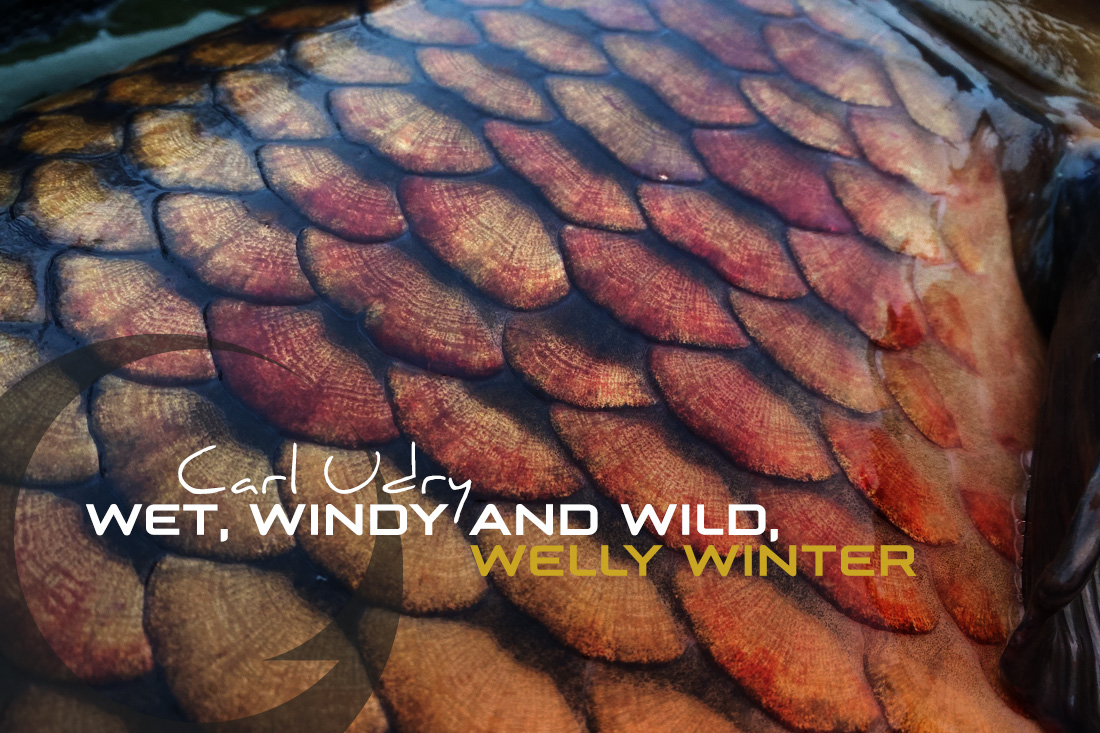
Leave A Comment
You must be logged in to post a comment.